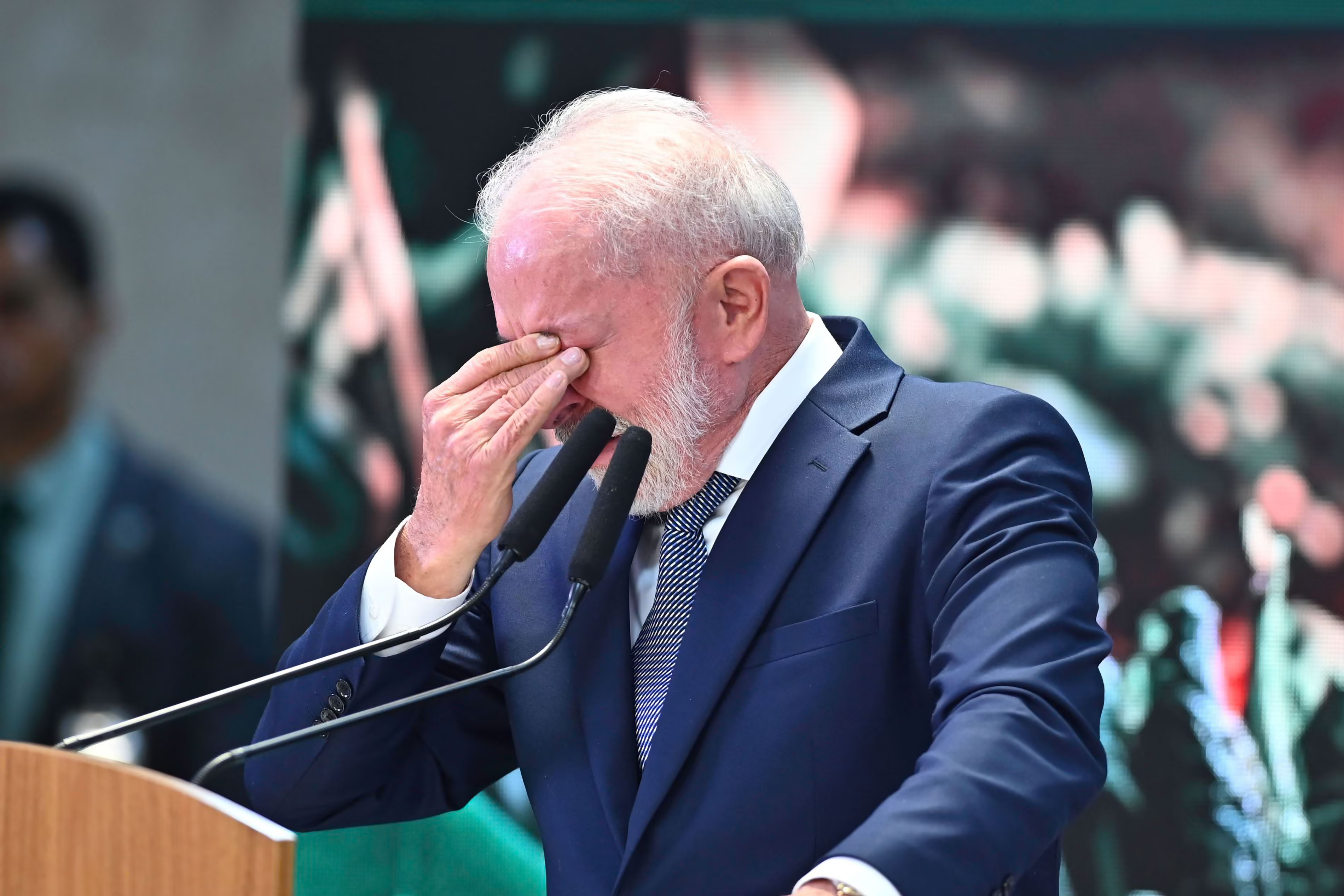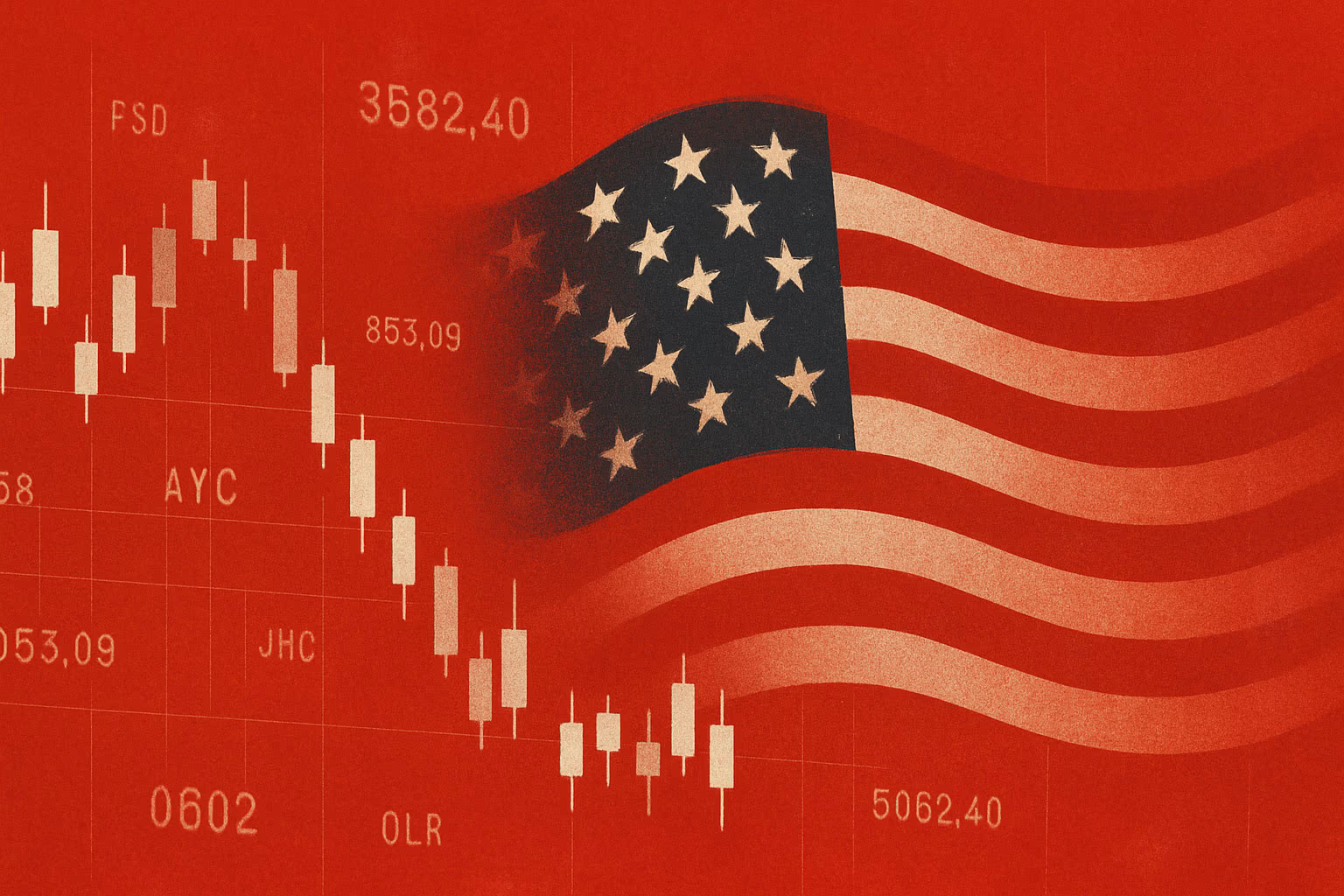On August 1, a new wave of trade tariffs initiated by the administration of Donald Trump came into force. The package represents the largest set of targeted duties in recent years, affecting dozens of countries and triggering immediate diplomatic responses—including emergency visits, attempts at negotiations, and threats of retaliation. Trump calls it “America’s liberation” and promises billions for the U.S. Treasury, while Washington’s trading partners warn of risks to jobs, investment, and global trade.
Since the new tariff package took effect, dozens of countries have faced the prospect of higher tax burdens on their exports to the United States.
The so-called “reciprocal” tariffs, announced by the White House one week before the previous regime expired on August 1, came into force at 12:01 a.m. Washington time on Thursday. It marks the largest wave of targeted trade restrictions imposed by the U.S. in recent years.
Shortly before the tariffs were enacted, Trump posted a statement on social media, promising the measures would bring billions of dollars to the country. “The only thing that can stop America’s greatness is a radical left court wishing us dead,” he wrote in all caps, referring to an ongoing case in the U.S. Court of Appeals over whether he exceeded his authority in imposing the tariffs.
Tariff rates vary—from 41% on goods from war-torn Syria to 10% for the United Kingdom. These surcharges apply on top of standard U.S. import duties.
For instance, the “reciprocal” rate for Brazil is set at 10%, but its total effective tariff reached 50% following the activation of a separate 40% surcharge on August 1, linked to the criminal prosecution of former President Jair Bolsonaro.
The European Union is the only trading partner for whom the baseline rate—set at 15% under a framework agreement—already incorporates existing tariffs. That means, for example, that cheese previously subject to a 14.9% duty will now be taxed at a flat 15%, rather than a cumulative 29.9%.

President Luiz Inácio Lula da Silva comments on the tariffs President Trump plans to impose on Brazil. August 5, 2025.
Tariff Policy of Trump

The U.S. Economy as a Source of Global Instability
American Policymaking Increasingly Resembles That of Emerging Markets

What Is the One Big Beautiful Bill Act?
And Why It Will Make Rich Americans Richer—and the Poor Even Poorer

Who Invented Trump’s Tariff Policy That Shook Global Markets?
Meet Peter Navarro

The U.S. Is Losing Investor Confidence—But the Dollar Remains Irreplaceable
Trump’s Policies Undermine the Foundations of the Global Financial Order, Yet the Dollar Still Has No Real Rivals
Since the announcement of the measures, countries around the world have rushed to strike deals with the United States in hopes of avoiding new border taxes—fearing they could deter investors and lead to job losses.
Swiss President Karin Keller-Sutter arrived in Washington on Tuesday for two days of talks with senior members of the Trump administration, seeking to reverse a surprise 39% tariff. The Swiss government, caught off guard by the move, has scheduled an “extraordinary session” for Thursday after the delegation returns from the U.S.
Meanwhile, India could face a combined tariff rate of up to 50% after Donald Trump signed an executive order on Wednesday imposing an additional duty in response to Delhi’s purchases of Russian oil. India has 21 days to respond. Trump has already warned that similar measures could be applied to other countries maintaining trade ties with Moscow.
The first set of targeted tariffs was introduced by Trump on April 2—a date he called “Liberation Day”—blaming the rest of the world for “decades of looting the United States.” Following a 90-day pause announced a week later, and an additional four-week delay disclosed on July 7, the new wave of tariffs was confirmed last week.
Some countries have managed to negotiate reduced rates or strike deals. That list includes the United Kingdom, Thailand, Cambodia, Vietnam, Indonesia, the Philippines, Japan, South Korea, Pakistan, and the European Union.
Other nations are still in talks over tariffs not covered by the latest package. Canada has been subject to a 35% combined rate since last Friday, while Mexico avoided an increase from its current 25% level by securing a 90-day deferral. China has been assigned a 30% rate, but negotiations remain ongoing ahead of a separate deadline—August 12—when further hikes may be imposed.
In addition, on Wednesday Trump threatened to impose a 100% tariff on semiconductor imports from countries that neither manufacture such components in the U.S. nor plan to localize production.
